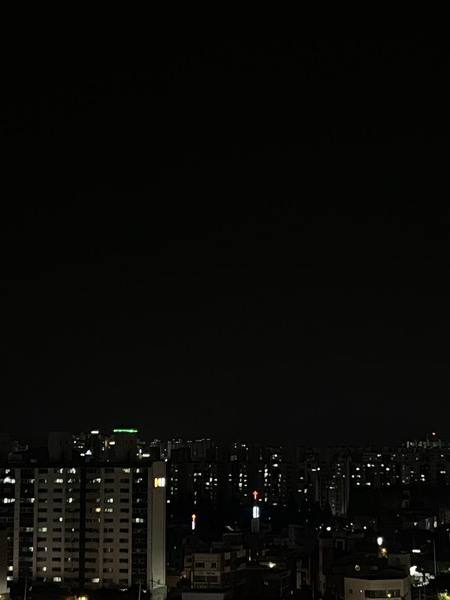
Nuri rocket, the Korea Space Launch Vehicle (KSLV-II), blasted off from the launch pad at the Naro Space Center in Goheung on May 25, 6:24 p.m. This was the third launch of the Nuri rocket, and it went successfully. It succeeded on the first try of the actual launch, reaching the satellites into the planned orbit. With this success, the Nuri rocket proved its reliability as a space rocket, and Korea also took a step closer to the so-called “space economy”, revitalizing the space industry ecosystem.
“The success of the third launch of the Nuri rocket is a splendid accomplishment that declares South Korea has entered the G7, becoming a major space power. Only the United States, France, Russia, Japan, India, and China have succeeded in the launch of self-produced satellites into space,” President Yoon said.
KSLV-II, the Nuri rocket carried a total of eight satellites, including the main satellite called Next Generation Small Satellite 2 (NEXTSat-2) which is developed by the Satellite Technology Research Center at KAIST.
Nuri rocket separated the first-stage booster at an altitude of 66 kilometers after 123 seconds of take-off, separated the cover surrounding the satellites at an altitude of 209 kilometers, the second-stage booster at an altitude of 263 kilometers after 267 seconds, and continued separating the NEXTSat-2 and cube satellites at an altitude of 550 kilometers.
At the current point, five out of eight satellites including NEXTSat-2 made communication with ground stations. The Ministry of Science and ICT (MSIT) is going to continue communicating to receive signals of the remaining three satellites.

